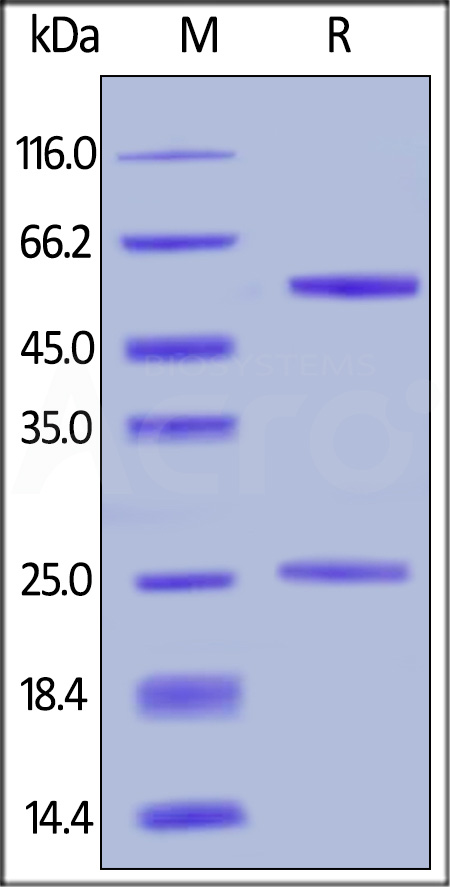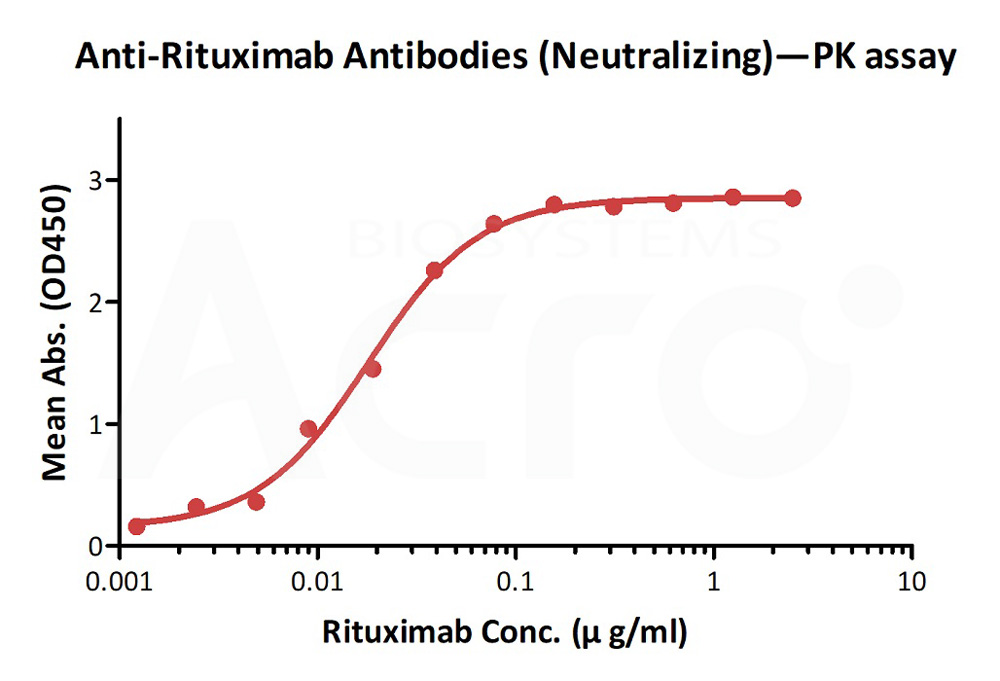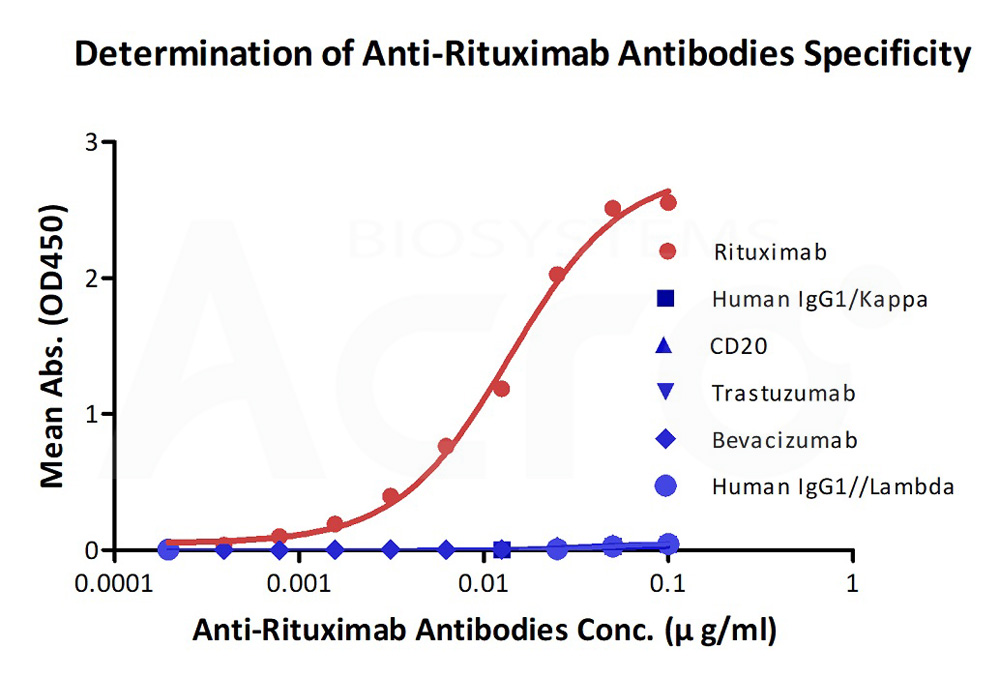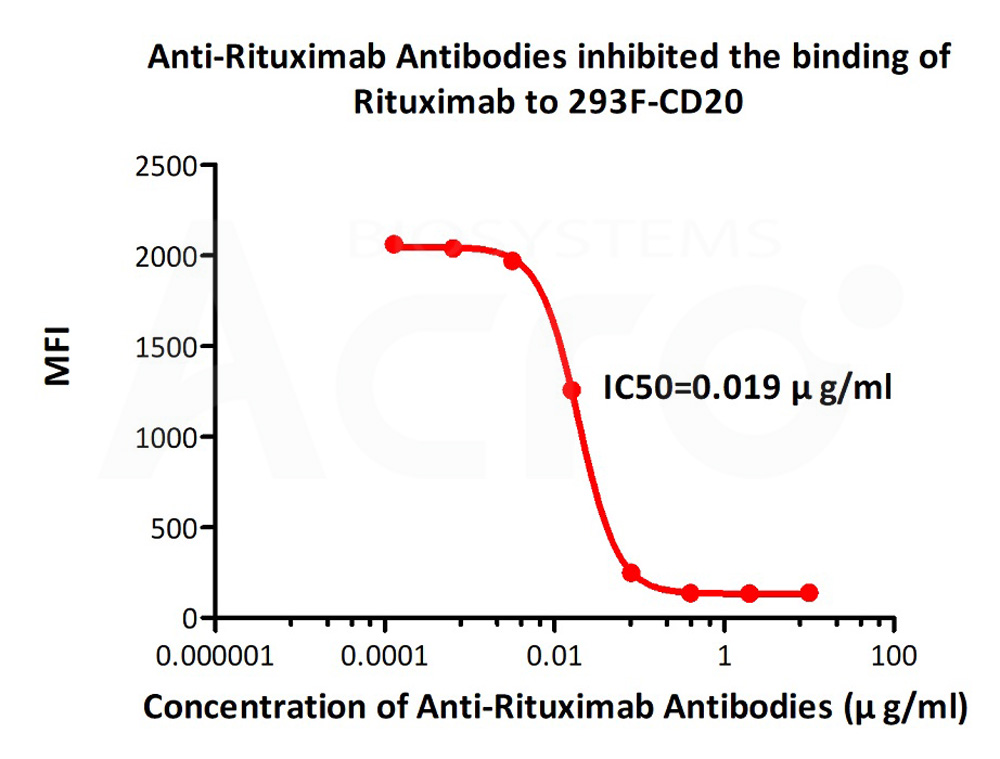Positron emission tomography-adapted therapy for first-line treatment in adults with Hodgkin lymphomaKreuzberger, Goldkuhle, von Tresckow
et alCochrane Database Syst Rev (2025) 3, CD010533
Abstract: Hodgkin lymphoma (HL) is one of the most curable cancers worldwide. Treatment options comprise more- or less-intensified regimens of chemotherapy plus radiotherapy depending on the disease stage. An interim-[18F]-fluorodeoxy-D-glucose (FDG)-positron emission tomography (PET), a procedure to illustrate a tumour's metabolic activity, stage and progression, could be used during treatment to distinguish between individuals who are good or poor early responders to therapy. Subsequent therapy could be de-escalated in PET-negative individuals (good responders) or escalated in those who are PET-positive (poor responders).To assess the effects of interim [18F]-FDG-PET-imaging treatment modification in previously untreated individuals with HL.For this review update, we searched MEDLINE, the Cochrane Central Register of Controlled Trials (CENTRAL), Embase, clinicaltrials.gov and the WHO ICTRP up to 17 November 2023.We included randomised controlled trials (RCTs) comparing interim-FDG-PET-adapted therapy with non-adapted standard treatment in adults with untreated HL of all stages.Two review authors independently screened results for inclusion, extracted data into a standardised data extraction sheet and assessed the risk of bias according to the Cochrane risk of bias tool. We collected (modified) intention-to-treat effect estimates for the predefined outcomes: overall survival (OS), progression-free survival (PFS), treatment-related mortality (TRM), adverse events (AE) including secondary malignancies and quality of life (QoL), where available, and used random-effects models for meta-analysis. We analysed early, intermediate and advanced stage HL and PET-negative versus PET-positive participants separately. We used the GRADE approach to rate our certainty in the evidence.We included 10 studies covering early (1 RCT, 667 participants), intermediate (1 RCT, 651 participants), early-to-intermediate (3 RCTs, 1639 participants) and advanced-stage HL (5 RCTs; 3629 participants). We did not identify eligible ongoing studies. Generally, the risk of bias was low or, sometimes, unclear except for detection bias, which was rated as high for all studies for subjective outcomes such as PFS, TRM and AE due to the lack of blinding. PET-based adaptation in early-stage PET-negative participants The effect of treatment adaptation (omission of radiotherapy with or without additional chemotherapy) on OS and PFS is uncertain (HR 0.84, 95% CI 0.13 to 5.32; and HR 4.52, 95% CI 0.72 to 28.41, 1034 participants). Adaptation may have little to no effect on the incidence of secondary malignancies (RR 0.83, 95% CI 0.46 to 1.50; 984 participants; low-certainty). No studies reported on TRM, serious adverse events (SAE) or QoL. PET-based adaptation in intermediate-stage PET-negative participants Treatment adaptation by omission of radiotherapy (with or without additional chemotherapy) may have little effect on OS (HR 0.91, 95% CI 0.42 to 1.96; 1073 participants; low-certainty) and PFS (HR 1.59, 95% CI 0.95 to 2.67; 1073 participants; low-certainty) compared to standard therapy. The effect on TRM is very uncertain. De-escalation may have little effect on the incidence of SAE (RR 1.01, 95% CI 0.84 to 1.21; 1096 participants, low-certainty) and secondary malignancies (RR 1.01, 95% CI 0.57 to 1.82; 1515 participants; low-certainty). No studies reported on QoL. PET-based de-escalation in advanced-stage PET-negative participants Three RCTs examined interim-PET-based de-intensification of chemotherapy compared with standard in advanced-stage PET-negative participants; this probably increases OS (HR 0.65, 95% CI 0.40 to 1.07; 2633 participants, moderate-certainty), although the confidence interval included the possibility of no effect, while it has probably little effect on PFS (HR 0.98, 95% CI 0.78 to 1.25; 2633 participants, moderate-certainty). Treatment de-escalation may reduce TRM (RR 0.21, 95% CI 0.06 to 0.73; 2761 participants, low-certainty) and the incidence of secondary malignancy (RR 0.87, 95% CI 0.60 to 1.26; 2757 participants; low-certainty), although for this latter finding, the CI included the possibility of no effect. No studies reported SAE and QoL. Two RCTs considered combined modality treatment as standard for advanced stages and de-escalated by omitting radiotherapy. De-escalation may increase OS (HR 0.63, 95% CI 0.11 to 3.69; 296 participants; low-certainty), PFS (HR 0.78, 95% CI 0.43 to 1.43; 412 participants; low-certainty), and may reduce the incidence of secondary malignancy (RR 0.41, 95% CI 0.08 to 2.09; 349 participants; low-certainty), although for all these findings, the CI included the possibility of no effect. No studies reported TRM, SAE and QoL. PET-based escalation in mixed early-and-intermediate-stage, PET-positive participants One study compared intensified chemotherapy (BEACOPPescalated) and radiotherapy with standard chemotherapy (ABVD) and radiotherapy based on positive interim-PET after two cycles in early-to-intermediate-stage HL. Treatment escalation may increase OS (HR 0.92, 95% CI 0.43 to 1.97; 260 participants; low-certainty) and PFS (0.67, 95% CI 0.37 to 1.20; 260 participants; low-certainty), although the CI included the possibility of no effect. The effect on secondary malignancies is very uncertain (RR 1.23, 95% CI 0.43 to 3.55; 234 participants, very low-certainty). No studies reported TRM, SAE and QoL. PET-based escalation in advanced-stage, PET-positive participants Two studies examined interim-PET-based escalation of PET-positive participants with rituximab in addition to chemotherapy in advanced-stage HL, which likely does not increase OS (HR 1.39, 95% CI 0.74 to 2.63; 795 participants; moderate-certainty) or PFS (HR 1.03, 95% CI 0.68 to 1.54; 582 participants; moderate-certainty). It may increase TRM (RR 4.00, 95% CI 0.45 to 35.5; 434 participants; very low-certainty), although the CI included the possibility of no effect. Escalation probably increases the number of participants with SAE (RR 1.61, 95% CI 1.00 to 2.60; 148 participants, moderate-certainty), and may reduce the number of participants with secondary malignancy (RR 0.67, 95% CI 0.28 to 1.60; 582 participants; low-certainty), although for this latter finding, the CI included the possibility of no effect. No study reported QoL.In early-stage HL, the effect of interim-PET-based treatment adaptation by omission of radiotherapy is uncertain. No effect was seen on long-term adverse events, although the follow-up of around five years may be too short to see an effect. In intermediate-stage HL, omission of radiotherapy may have little effect on both overall and progression-free survival, serious adverse events and secondary malignancies. In advanced-stage HL, reducing chemotherapy upon negative interim-PET has the potential to increase overall survival while not negatively affecting progression-free survival and long-term adverse events. If combined modality treatment is opted for, omitting radiotherapy may increase both overall and progression-free survival, while reducing the negative effect of radiotherapy on secondary malignancies. Interim-PET-positive treatment intensification by providing more chemotherapy in early-to-intermediate stage HL may be beneficial, while adding rituximab to standard chemotherapy in advanced-stage HL does not result in the expected improvement, but increases adverse events.Copyright © 2025 The Cochrane Collaboration. Published by John Wiley & Sons, Ltd.
Temporal changes of the life and renal prognoses of patients with rapidly progressive glomerulonephritis in Japan, 1989-2019Nakajima, Kaneko, Usui
et alClin Exp Nephrol (2025)
Abstract: This study is a continuation of the Japan Rapidly Progressive GlomeruloNephritis (RPGN) Working Group's chronological nationwide survey.We analyzed 1,660 RPGN cases from 2016-2019 and compared them to 4,179 cases from five earlier periods (1989-1998, 1999-2001, 2002-2008, 2009-2011, 2012-2015). Data on causative diseases, clinical severity, 24-month life and renal survival, and treatment details were collected and compared.The most recent cohort showed an older median age at onset (median age 74 years), with improved serum creatinine levels (median 2.5 mg/dL). Cumulative survival at 24 months remained stable (periods 1989-1998, 1999-2001, 2002-2008, 2009-2011, 2012-2015, 2016-2019 were each 72.0%, 72.9%, 77.7%, 83.0%, 84.9%, 83.5%, p < 0.01), while renal survival showed a favorable trend in the most recent periods (there were each 68.7%, 75.4%, 76.7%, 73.4%, 78.2%, 78.4%, p < 0.01). Anti-neutrophil cytoplasmic antibody-associated vasculitis (AAV)-RPGN had similar outcomes to the overall cohort. Increased rituximab use was observed, with no significant differences in life and renal prognosis between rituximab (RIX) and cyclophosphamide (CY). In severe renal impairment (Cre ≥ 6), renal prognosis was better in the CY or RIX use group than in the non-use group (p = 0.035, 0.025). Anti-glomerular basement membrane disease had a poorer renal prognosis compared to other causes.Despite an increasingly older age of onset, both life and renal prognoses for new-onset AAV-RPGN from 2016 to 2019 remain comparable to the best in previous surveys, due to the impact of constant improvements in early diagnosis and changes in treatment.© 2025. The Author(s).



























































 膜杰作
膜杰作 Star Staining
Star Staining















